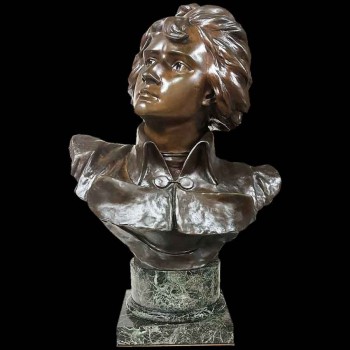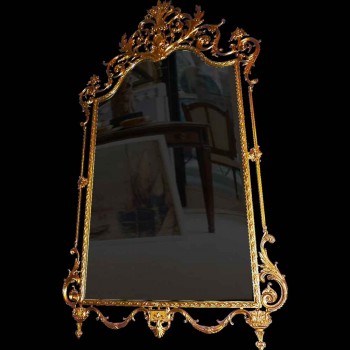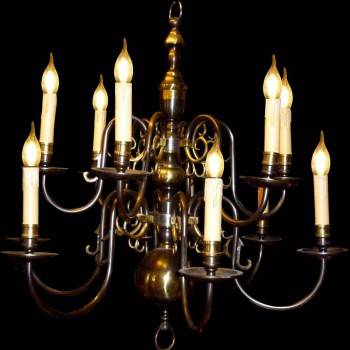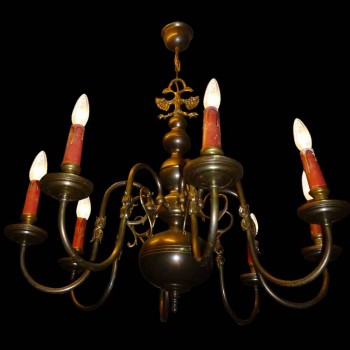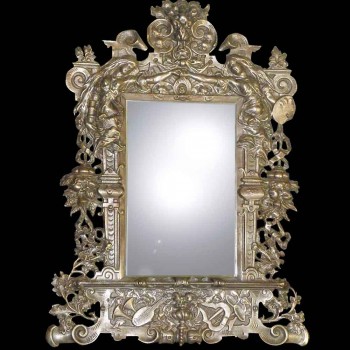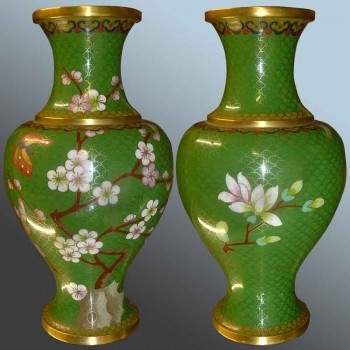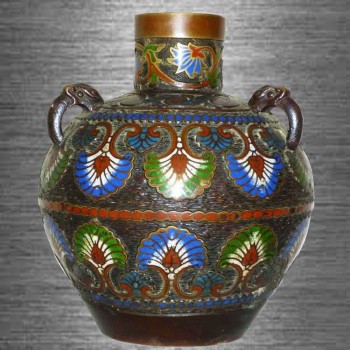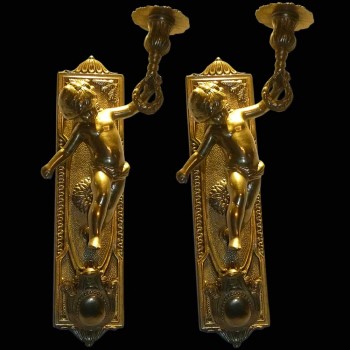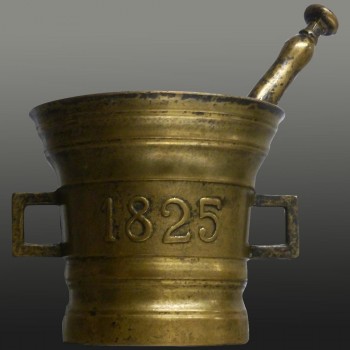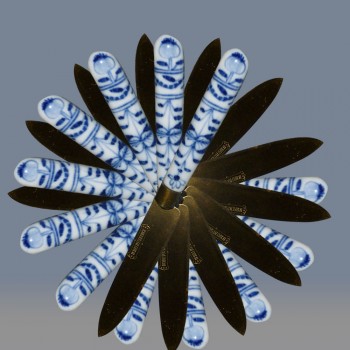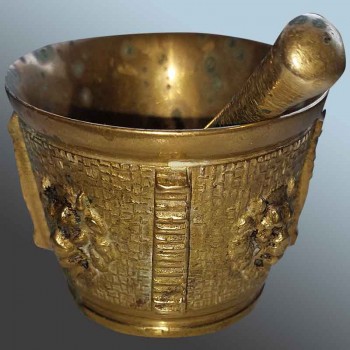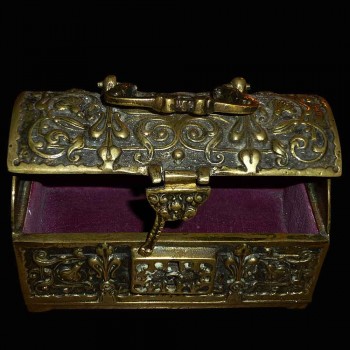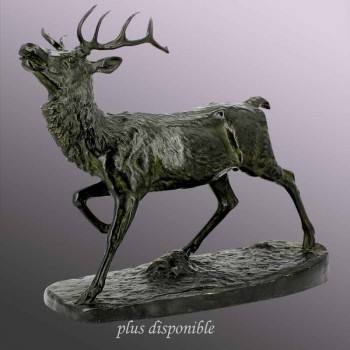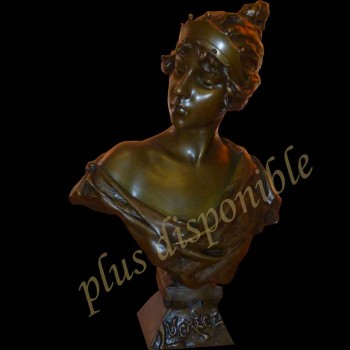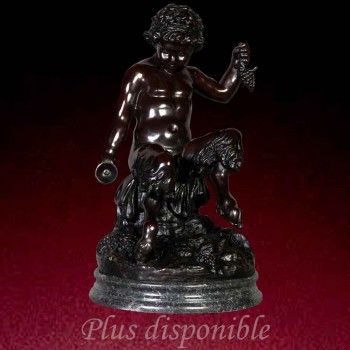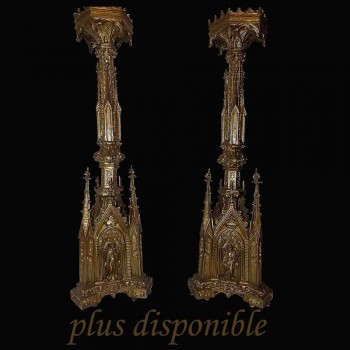Bronze
Bronze is a generic name that used to be given to all copper alloys. Today its meaning has been limited to copper and tin alloys.
The term bronze also designates bronze in poetry and in literary texts, as well as in campanology, where it designates the alloy used for the foundry of bells.
The bronzes are, for the most part, composed of more than 54% of copper (which can go up to around 95% 1) and of a variable proportion, not only of tin, but also of aluminum, of lead , beryllium, manganese and tungsten, as well as incidentally silicon and phosphorus, but no zinc in significant quantities (not to be confused with brass, whose English term brass is often translated by bronze).
Their main characteristics are good wear resistance, medium corrosion resistance and good electrical conductivity. They are often used as a friction material in front of steel. Corrosion of bronze parts is an obstacle to their use in the marine and naval industry.


